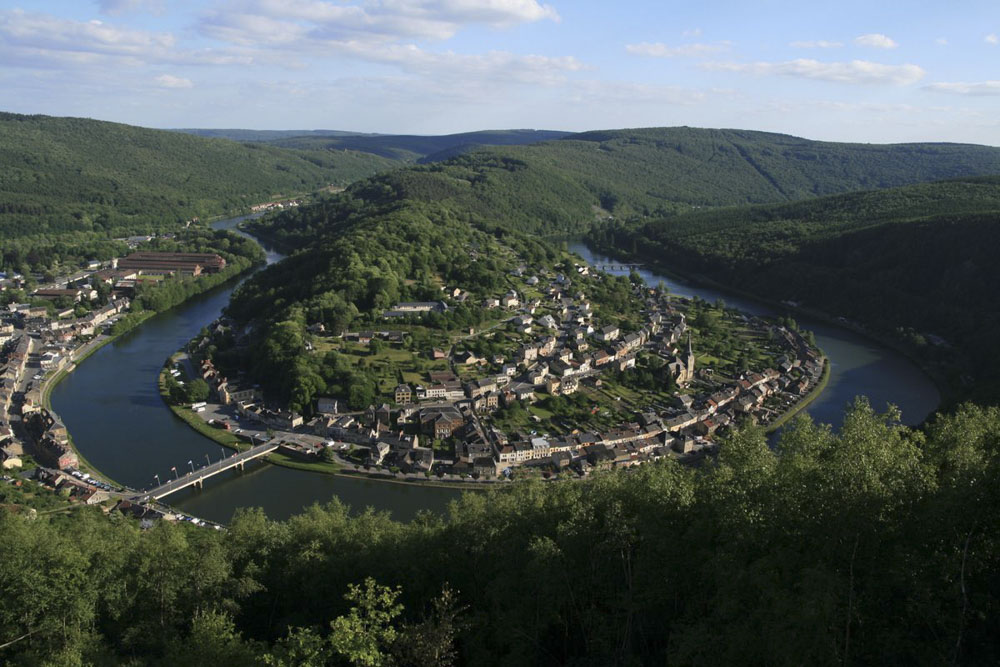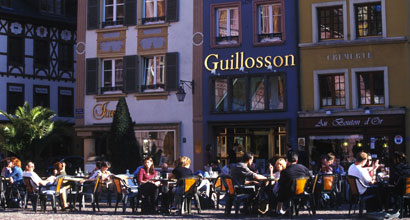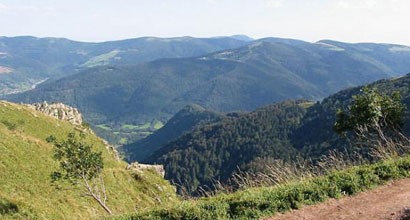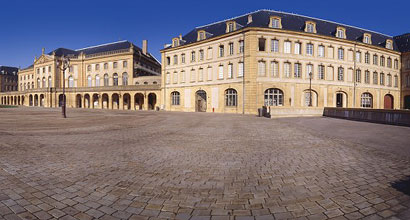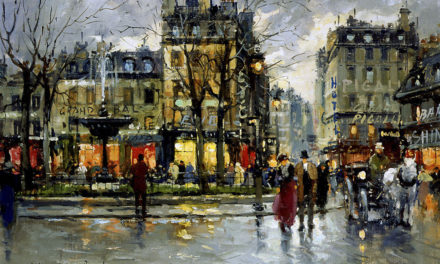Ardennes, named after the Celtic word for deep forest is a wild frontier land of hills, valleys and forests bordering the river Meuse. It boasts few major architectural or cultural sites but is a quiet paradise for walkers, cyclists and boating, and is particularly beautiful in the autumn season. The wooded cliffs are full of animals, including wild boar in the more remote reaches of the river. (Wild boar pate is a speciality of the region.) There are lakes for fishing, windsurfing or simple lakeside picnics or boat trips along the river. Though tranquil now, its location has meant it was on the front line of many wars, most recently in World War II when the Ardennes was annexed to Germany. Today, there are still remains of the Maginot line to be seen and several more ancient fortresses as evidence of its military past.
Towns in the Ardennes
Hotels in Ardennes
Charleville-Mezières
Charleville-Mezières is the main town, originally two towns which amalgamated and are joined by a bridge over the river Meuse. Mezières is the more ancient, a Gallo-Roman settlement and frontier post. The Place Ducal is the heart of the town, a copy of the Place des Vosges in Paris, flanked by 17th century brick facades and arcades of shops and restaurants with a regular market. The most famous son of Charleville is the poet Arthur Rimbaud who grew up here before escaping to pursue a life of decadence and exotic travel which did not endear him to the good citizens of the town. Nevertheless, he is buried here and is now honoured with his own museum in a stone windmill north of the Place Ducale. Mezières, across the river, still retains fragments of its 6th century ramparts, and the Basilique Notre Dame d’Esperance is worth visiting for its modern stained glass windows. Mezières is most famous now for the World Festival of Puppet Theatre which attracts many thousands of spectators every year.
Sedan
To the east is Sedan, always on the front line of every conflict and occupied in both world wars. Its most famous moment was the disastrous fall of Sedan in 1870 when Napoleon III lost the Franco-Prussian war and Alsace and Lorraine were annexed to Germany until 1918. The fortress has been constantly enlarged until it is now the biggest fortified castle in Europe with seven storeys to be visited, including the ramparts, forbidding courtyards, dungeons and the Musee de Chateau. South of Sedan is Fort de Vitry-la-Ferte, once the end of the Maginot line which was supposed to be an impregnable barrier to the German army in World War II. The troops at Fort de la Ferte did hold out for 4 days of constant bombardment until all the defenders were killed or wounded.
Warcq
Also worth visiting in this area is Warcq with its fortified church, and Renwez with its Musée de la Foret devoted to traditional crafts like charcoal burning and wood-cutting. Rocroi, to the north-west has dramatic fortifications reinforced by Vauban in his signature star-shaped design, part of the line of defences he constructed for Louis XIV. You can visit the museum and walk along the ramparts. Ardennes is also famous for its fortified churches and the route de Thiérache takes in fifteen of the finest examples.
| Title | Address | Description |
|---|---|---|
ARDENNES | Ardennes, France |

